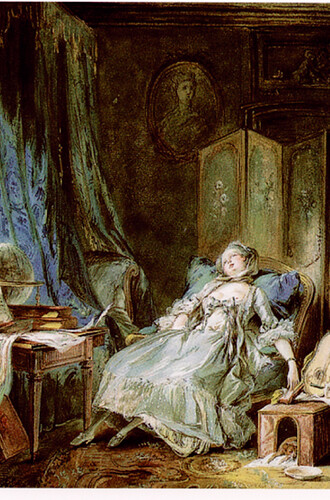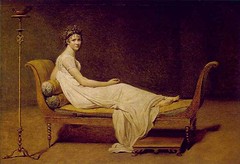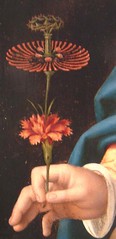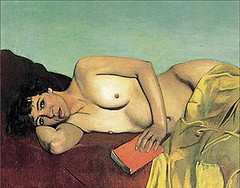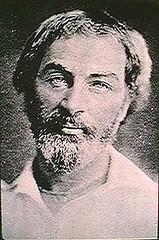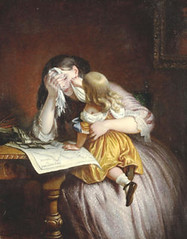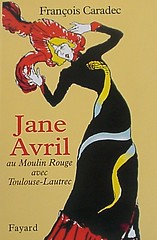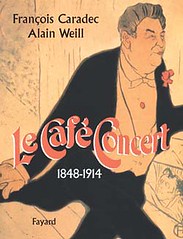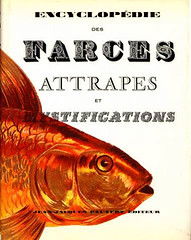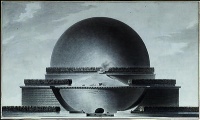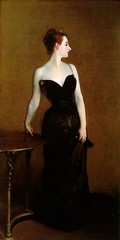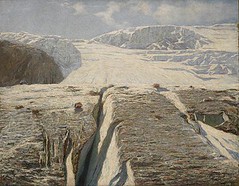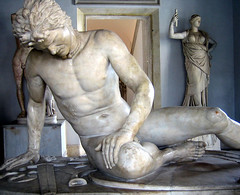
I am the Dying Gaul
This is my death scene, I was not given a deathbed. I do not represent the most famous death scene. I am outdeathed by Jesus Christ who died on the cross and Jean-Paul Marat , both after me.
I seem to have been born in a culture of death, yet I was not given any last words. This fascination with death in Western culture. Why? Why so pervasive?
Why did Jane write A Death-Scene?
- So I knew that he was dying-
- Stooped, and raised his languid head;
- Felt no breath, and heard no sighing,
- So I knew that he was dead.
Why this fasicnation with crime scenes?
Why did Andy Warhol produce The Death and Disaster paintings?
And why is every sensationalist corner of video-libraries around the world filled with copies of Faces of Death?
[Youtube=http://www.youtube.com/watch?v=Q5GDcs8i2ng&]
Bonnie and Clyde
Why do we enjoy the slow motion death of Bonnie and Clyde and countles other movie death scenes?
Aristotle, had I known him, would have answered me:
- Objects which in themselves we view with pain, we delight to contemplate when reproduced with minute fidelity: such as the forms of the most ignoble animals and of dead bodies. —Aristotle via the Poetics.

